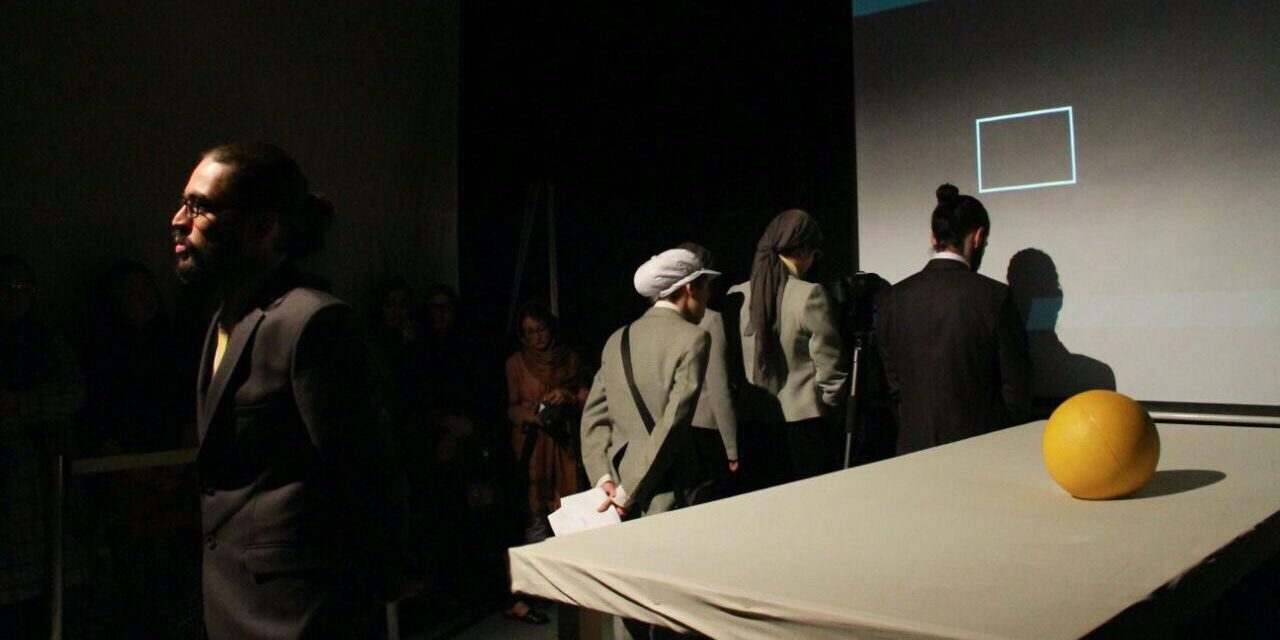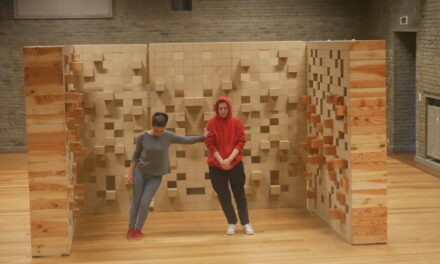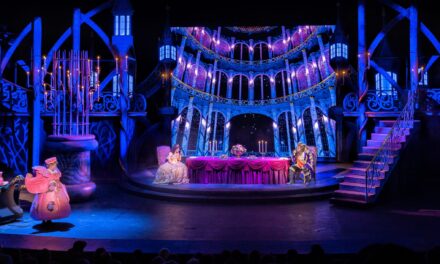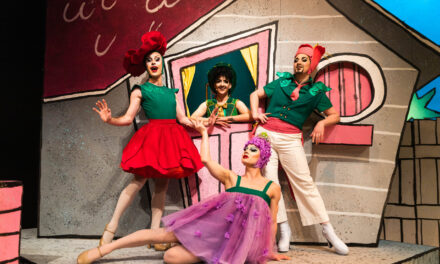To read Part I of this interview, click here.
Amin Azimi is an Iranian theatre researcher, dramaturg, translator, and director. He studied dramatic literature and film studies and received his MA with honours from Tehran Art University. He has been teaching and supervising student dissertations in the theatre department at Azad Art and Architecture University and meanwhile has staged adaptations of plays written by Georges Perec, Peter Shaffer, and Arthur Miller. Amin has also been an award-winning theatre critic for more than a decade, and at the 2017 edition of the 35th Fadir International Theatre Festival (FITF) directed the theatre criticism working group. The group produced by far the largest body of criticism on the FITF theatrical productions. As a member of the Iranian Association of Theatre Critics, Journalists and Researchers, he has written actively in the field, and his works have been widely published in Iranian journals and media. His research interest is the history of playwriting and dramaturgy, the politics of theatre production, and postdramatic theatre and its critical perspectives.
I met Amin in Toronto in September 2016. In this interview, we talked about Iranian theatre, its identity, challenges and prospects. In the first part, I sked him about the reasons theatre historiography and research have been less prosperous than international festivalizing and global touring. In this part, we talk about Iranianness in the Iranian theatre and what distinguishes Iranian Theatre from Theatre of Iran.
Moosavi: In the previous part, you were saying that “what we see performed throughout the world cannot be discussed as ‘the theatre of Iran’.” On the other hand, we all know that theatrical performances in Iran are indebted to and inspired by Persian oral and literary tradition, eastern philosophy, Persian mythology and Persian wisdom. What else adds to the quality of Iranianness for the Iranian theatre?
Azimi: We should differentiate between the “theatre of Iran” and “Iranian theatre.” When we talk about Iranian theatre, we accept that theatre is an imported phenomenon; its roots and history started in Greece and developed in Europe and America. We also accept that once imported to Iran, theatre has been modified to include the Iranian culture and mind-set and that it has absorbed aspects of Iranian culture, politics and society. And the result of this modification throughout 150 years is a phenomenon called Iranian theatre, whose development embodies the collective unconscious, history and geography, and rituals of Iran.
However, if we consider the way theatre was created and characterized in ancient Greece, we realize that we don’t have a “theatre of Iran.” The theatre of Iran lacks the defining qualities and processes that make Greek theatre the “theatre of Greece.” In Iran, theatre has barely had a suitable social, political and cultural context in which to grow. We have had a variety of dramatic rituals, rooted in religious or everyday life. These rituals in Iran stand far from what we know as the theatre of ancient Greece, since in ancient Greece theatre was part of socialization and of the governing of society. The rulers wanted to understand and address their mistakes and issues, so they resorted to the phenomenon of theatre. They pursued two purposes: first, to gain self-knowledge, and second, to provide the ground for their people or the masses to express their attitudes in a very clear and simple way. Greek tragedies discuss the most critical issues. In other words, these tragedies were contemporary to their people and operated just like a social medium and created a dialogue with their audience. Both state and society knew their duties and knew they were responsive to each other. So, talking about Greek theatre is like talking about the political system and the methods of managing state and society. The state power allowed such cooperation and dialogue.
But looking at the history and structure of power in Iran throughout its history, we see that its rulers never gave their people a chance to develop dialogues or critical thinking abilities. The hierarchy of power in the Iranian political system did not include the masses and their opinions and did not establish a dialogue with them, meaning that this hierarchy did not recognize the necessity and legitimacy of theatre. Theatre in Greece offered the possibility of questioning and criticizing forms of power, but theatre in Iran has never enjoyed that opportunity, as that Iranian famous saying shows: “thinking meant risking”. Theatre in Greek form and context could be an arena for various and multiple voices to have a face-to-face encounter. So by studying that theatre we can trace the history of the growth and evolution of the human mind in relation to sources and relations of power. Art in Iran has never had a critical edge; it has been either panegyric or decorative.
We can look at this difference through the lens of religious beliefs and practices. In Greek theatre, the gods are humanized – in this way, their words and deeds can be criticized and questioned – whereas, in Iran, the kings believed their sovereignty was directly linked to God’s will and power. The kings were shadows of God, and their servants had no rights to question or criticize their God and its shadow. In Islam, similarly, as Seyyed Hossein Nasr also mentions in his Spirituality in Art, theatre must only be a means to connect believers to their God; that is the reason Ta’ziyeh is the most glorified and significant art in Iran. To Islamic thinkers, art must first and foremost be at the service of God, and it must aim to reflect the beauty and might of God. Therefore, in its Western sense, theatre cannot exist because theatre is a place for sharing doubts and questions.
Moosavi: How has this situation changed in the modern era?
Azimi: Since 150 years ago, a group of Iranian thinkers who have travelled to Europe and were impressed by theatre and its power decided to use theatre and its capacity for dialogism. They used the dialogic capacity of theatre, not its aesthetics, and they intended to start a dialogue with the institution of power through drama and theatre. They even published a newspaper that shared the news through the format of dialogue. In this way, society recognized and met the need for theatre. This coincided with the Constitutional Revolution, and, in the course of this revolution, theatre was a powerful apparatus for promoting the cause of intellectualism and modernism. It was used as a creative means to promote Constitutionalist ideology and to criticize the established forms of power.
In Iran, as long as theatre was a means for destabilizing the dominant power, it has been subject to scrutiny and control. The more equipped and dextrous the artists are, the more has the state become sensitive and strict. The states have tried to control it through systems of censorship, commissioning, economic policies, administrative and venue management, etc.; for instance, the economy of theatre has been intentionally kept limited and feeble. Even after the war, and following urban development, the economy of the theatre has remained shaky. This leads us to conclude that there has been a determination to keep theatre underfunded and undeveloped. That’s why we can say that we have a theatre of France or a theatre of Greece, but we can’t claim that we have a theatre of Iran.
Moosavi: Thank you so much, Amin Azimi. In our future interviews, I hope we can discuss the interventionist function of the theatre that is made in Iran, a function that makes socio-political issues visible and questionable.
This post was written by the author in their personal capacity.The opinions expressed in this article are the author’s own and do not reflect the view of The Theatre Times, their staff or collaborators.
This post was written by Marjan Moosavi.
The views expressed here belong to the author and do not necessarily reflect our views and opinions.


















